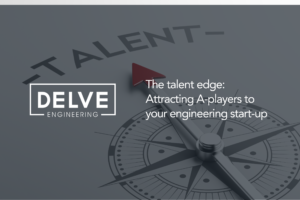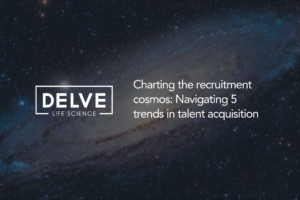Five Things We Learnt From SemiConEuropa 2021

After a year in which most in-person industry events were cancelled, we feel very lucky that we were able to attend this year’s SemiconEuropa in Munich. It was a great opportunity for us to meet face-to-face (or mask-to-mask) with clients who work across different areas of the semiconductor industry. Here are our reflections from the event:
1) The biggest challenge facing the industry is managing the supply chain. Almost all of the companies we spoke to reported having problems sourcing the components they need.
2) Demand across the industry is at an all-time high. We knew that our clients were busy, but we found out that many are processing purchase orders approximately 12 months in advance. This level of demand is completely unprecedented, and things aren’t set to change any time soon.
3) Now is the time to think about your hiring needs. As demand for semiconductor products soars, many companies will need to scale up, so competition for good candidates will be fierce. Get ahead of the curve and start outlining your hiring strategies now in order to avoid scrambling over qualified applicants at the beginning of next year.
4) It’s easier to source graduates, but difficult to find candidates with three to five years of industry experience, so think ahead and make contacts with local universities. Remember that today’s graduates are tomorrow’s skilled engineers and technicians.
5) Emerging technologies mean new skillset gaps. The recent increase in applications for Gallium nitride (GaN), for example, means that there is a dearth of experienced engineers who are familiar with the material. Again, those in the industry need to take a long-term view when planning their hiring strategies.
If you’d like to find out how we could help with your current hiring plans, please feel free to get in touch.
Share This Recent Articles

The Talent Edge: Attracting A-Players to Your Engineering Start-up

Dresden’s rise: TSMC semiconductor factory and its impact on job market attractiveness

5 Opportunities beyond research in Life Sciences

Benefits of attending Advanced Engineering trade shows

The recruitment cosmos: Navigating 5 trends in talent acquisition










